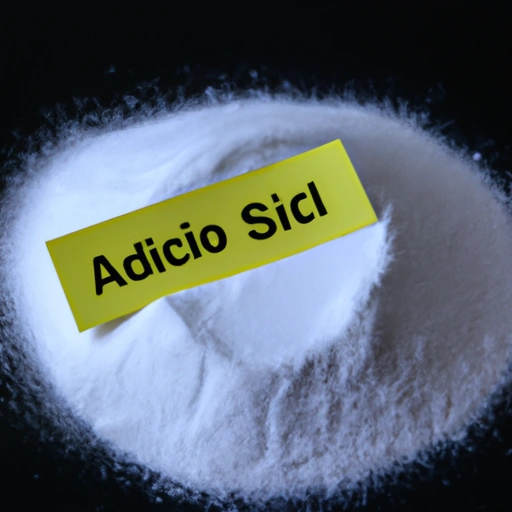Citric Acid
Description

Citric acid is a weak organic acid that occurs naturally in citrus fruits, such as lemons and limes. Its chemical formula is C6H8O7. In the culinary world, it is prized for its sour taste and preservative qualities. Citric acid is also commonly used as an acidity regulator and flavor enhancer in food and drinks. Beyond the kitchen, it is utilized in a variety of industries, from cosmetics to cleaning products.
Common uses
Citric acid is frequently used in the food and beverage industry as a preservative, flavoring agent, and emulsifier. It helps extend the shelf life of perishable goods and imparts a tangy or sour taste to various products. Additionally, citric acid is utilized in the pharmaceutical industry for medicinal preparations and as a pH adjuster in cosmetics.
Nutritional value
Calories
Citric acid is not consumed in large enough quantities to contribute significantly to caloric intake.
Protein
It contains no protein.
Fat
It contains no fat.
Carbohydrates
While citric acid is derived from carbohydrates present in citrus fruits or through fermentation of sugars, it is not a carbohydrate source in the diet.
Vitamins
Citric acid does not provide vitamins.
Minerals
It does not supply minerals.
Health benefits
As an antioxidant, citric acid can help neutralize free radicals in the body. It is also used in some kidney stone medications to prevent stone formation. Additionally, its alkalizing properties may benefit those looking to balance their body's pH levels.
Potential risks
While generally regarded as safe, excessive intake of citric acid can lead to stomach upset or enamel erosion. Individuals with a sensitivity or allergy to citric acid may experience adverse reactions.
Common recipes
Citric acid is often found in recipes for homemade jams and jellies, candies, soft drinks, and sourdough breads. It is also a key ingredient in certain desserts and confectioneries.
Cooking methods
It is typically added during the cooking or mixing process in both hot and cold preparations to adjust acidity levels.
Pairing with other ingredients
Citric acid pairs well with sweet ingredients to balance flavors, as well as with other acids and salts to enhance savory dishes.
Summary
Citric acid is a versatile food ingredient known for its sour flavor and preservative properties. Found naturally in citrus fruits, it is widely used in the culinary, cosmetic, and pharmaceutical industries. While it offers certain health benefits, it should be used in moderation to avoid any potential risks. With its varied applications, citric acid is an essential component in many recipes around the world.